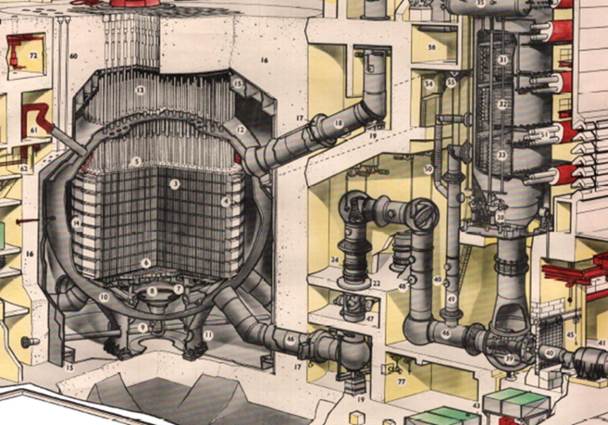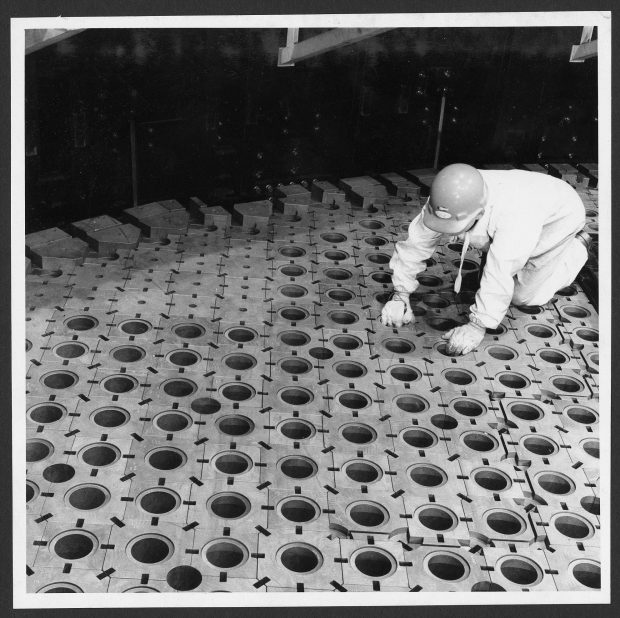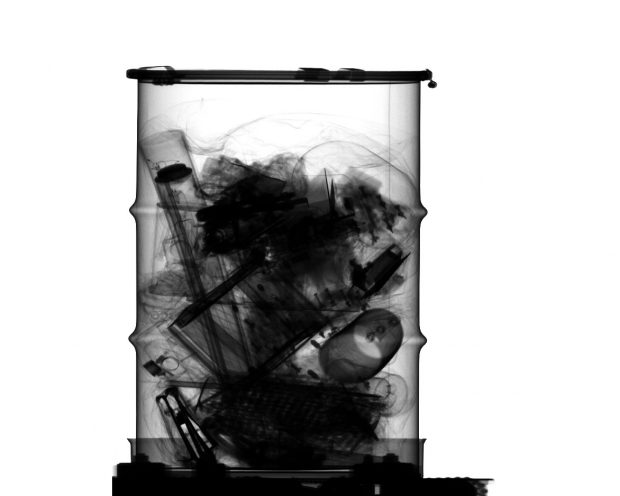
Open to all businesses
The £3.9 million competition is a joint initiative between the Nuclear Decommissioning Authority, Sellafield Ltd, Magnox Ltd and the government’s Innovate UK, calling on companies to come up with new ideas and innovative approaches to sorting and segregating nuclear waste.
Robotics, sensors, artificial intelligence and autonomous systems are some of the potential technologies which could be developed. The competition is open to interested organisations, from any industrial sector, to form consortia and develop plans to address the challenge.
We’re excited to see what new concepts emerge from the competition, especially from industries outside the nuclear sector. It’s also fantastic to be involved right from the start, as that allows us to frame our requirements and ensure the challenges are well understood.
Designed for our needs
This should mean that any new systems will be designed to address our specific needs and, subject to demonstrations and trials, should reduce the timescales for deployment.
We’re focusing the scope on our 22 reactors which all need to be taken apart, and the waste dealt with. Our estimate is that this will create more than 44,000 cubic metres of raw intermediate level waste (ILW) to be processed – equivalent to filling around 400 double-decker buses.
Safer, faster, cheaper
Using current technologies, we know this is going to be a slow and costly process. The goal for this competition is to develop methods that are safer, faster and cheaper.

The waste we’re looking at is mixed, and will need sorting, treating and packaging once we have gained access to the reactor interiors by cutting through the thick concrete that forms the bioshield. We’re looking at large quantities of graphite, contaminated asbestos insulation and a range of other miscellaneous activated components.
We need to understand the levels of contamination and radioactivity in these wastes in order to sort and process them in the best way. ILW costs £50,000 per cubic metre to deal with, against £7,500 for low level waste, so if we can characterise them accurately, we can treat them in the most appropriate and cost-effective way.
Reactor opportunities
Most of our sites are already retrieving, characterising, treating and packaging the ILW that arose during the years when we generated electricity.

Those technologies are largely tried, tested and working efficiently, so it’s the materials associated with the reactors where there are real opportunities to innovate, and develop new techniques for sorting and segregating waste.
The original strategy was to leave the reactors on sites for several decades, allowing radioactivity to decay, before starting to dismantle them. However, this ‘care and maintenance’ approach is evolving and we are looking to embark on a more continuous process. This means we’ll be looking for waste-handling technologies in the very near future.
Read more
- Competition information can be found at the Innovate UK website
- Technical specification for potential applicants
Recent Comments